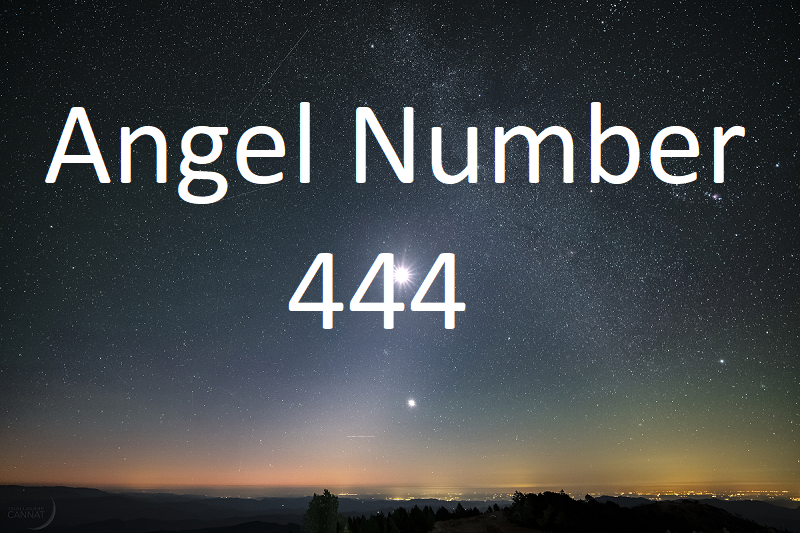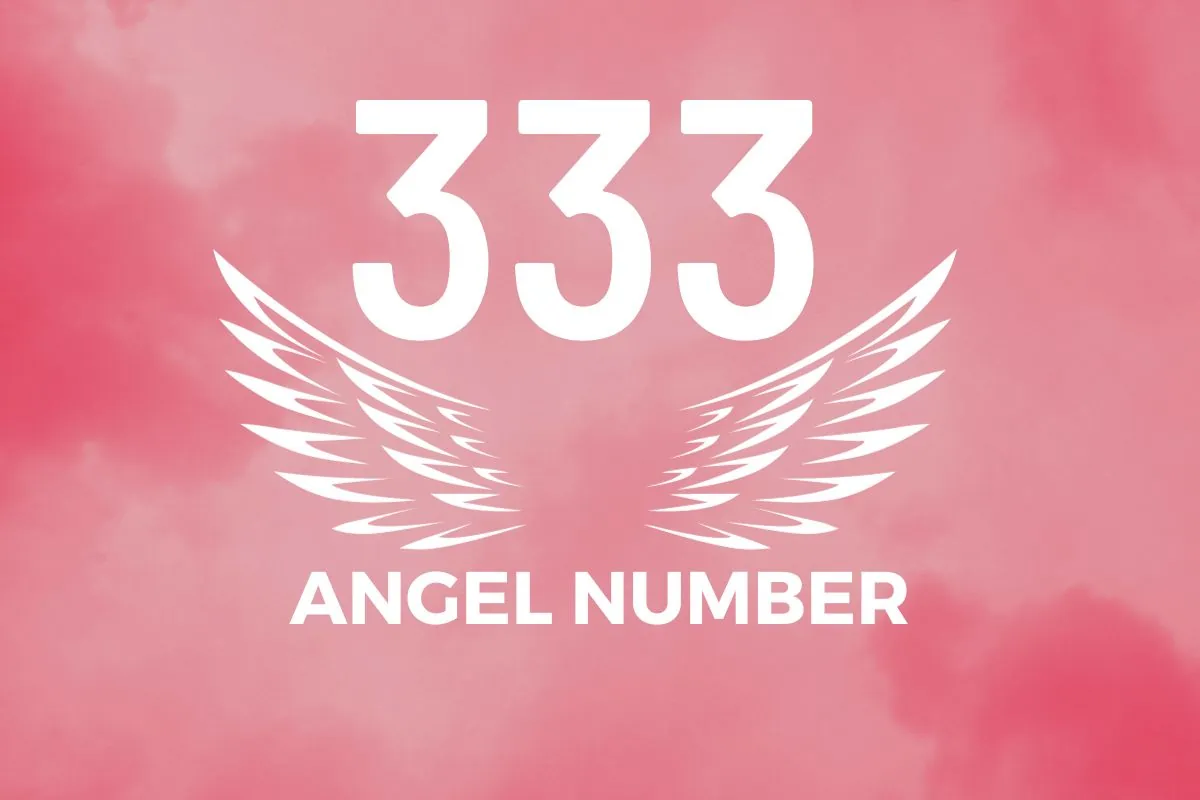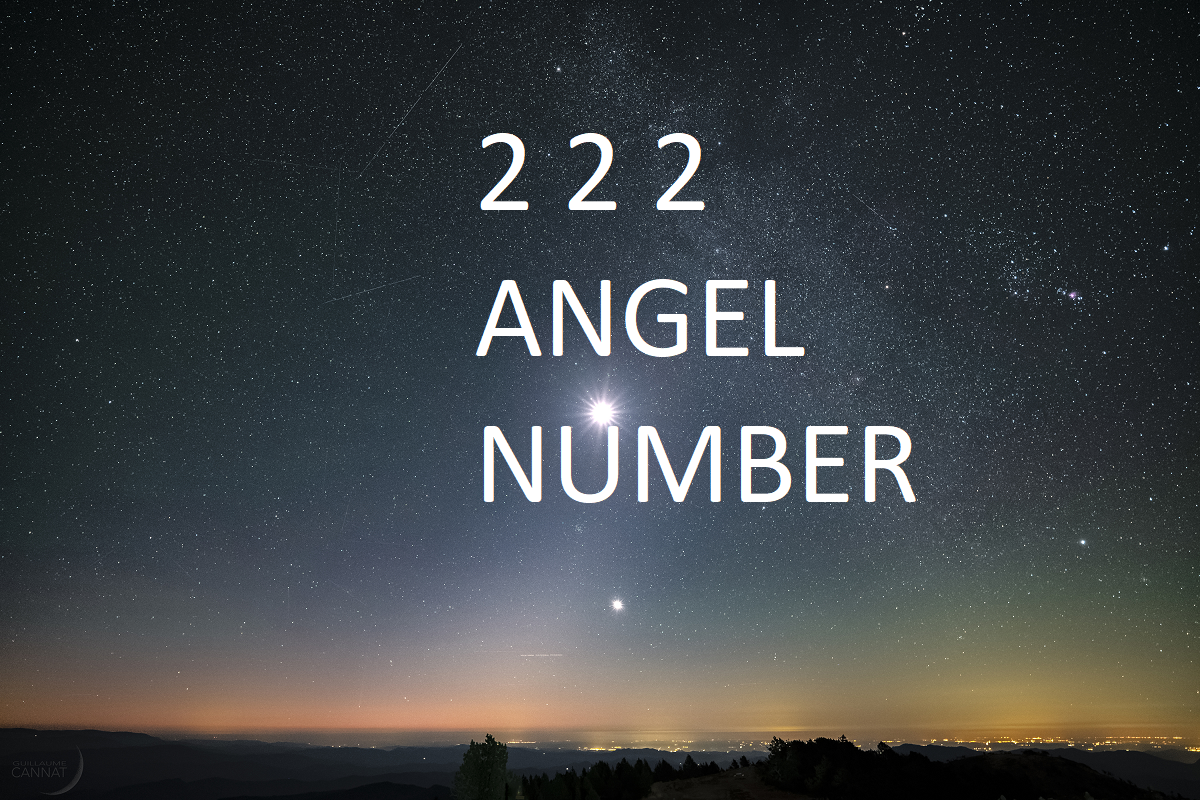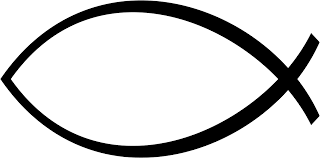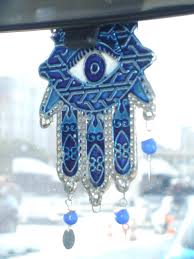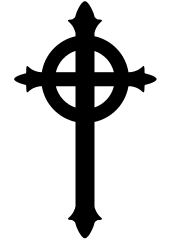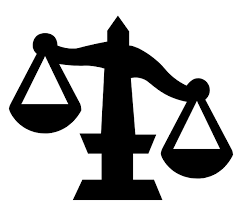
Egyptian Sun symbol
| Symbol | Egyptian Sun |
| Religion | Ancient Egyptian Religion |
| Origin | Its origin traces back to ancient Egyptian beliefs, where it played a central role in their cosmology. |
| Meaning | Symbolizing life, light, and rebirth, the Sun Symbol represents the powerful and life-giving nature of the sun god Ra. |
| Appearance | Typically depicted as a circular or disk-like shape, the symbol captures the essence of the sun's radiance and energy. |
| Colors | Gold and yellow are commonly linked to the Egyptian Sun Symbol, reflecting the brilliance of the sun. |
| Usage | Egyptians incorporated the symbol into religious rituals, underlining its significance in their daily practices and spiritual connection. |
| History | The symbol has a rich history dating back to ancient times, persisting through various dynasties and cultural shifts. |
| Popularity | Enduring through centuries, the Egyptian Sun Symbol maintained popularity within Egyptian culture and symbolism. |
| Importance | It holds paramount importance in Egyptian mythology, serving as a focal point for their beliefs in divine forces and cosmic order. |
| Complexity | The symbol's intricate role in Egyptian cosmology showcases the complexity of their religious worldview and spiritual understanding. |
| Emotions | Tied to concepts of life, light, and rebirth, the Egyptian Sun Symbol evokes emotions related to vitality, enlightenment, and cyclical renewal within their religious context. |
Shining Bright: A Glimpse into Egyptian Sun Symbols
The sun held immense significance in ancient Egyptians culture, woven into their very fabric of life. This celestial orb wasn’t just a source of warmth and light, but a powerful deity, a symbol of rebirth, and a protector of the divine order.Unsurprisingly, numerous sun symbols emerged, each with its own nuanced meaning and representation.
One of the most basic forms is the simple sun disc, a circle often depicted with rays emanating outwards. This ubiquitous symbol embodied the sun god Ra, the king of the gods and source of all creation. More elaborate variations appeared, like the winged sun, symbolizing protection and the midday sun deity Behdety. The Ajet hieroglyph, featuring a sun disc above mountains, captured the essence of sunrise and rebirth.
These symbols weren’t mere decorations; they adorned temples, tombs, and objects of daily life. They served as powerful amulets, warding off evil and ensuring the wearer’s safety. The sun’s journey across the sky, from its fiery birth to its descent into the underworld, mirrored the journey of life and death, making these symbols all the more potent.
Delving deeper, we discover sun symbols intertwined with specific deities. Aten, a disc with rays ending in hands,represented the sun god in his form as the life-giving force. Horus, the falcon god, was often depicted perched atop a sun disc, signifying his royal power. These associations highlight the complex web of beliefs and mythology surrounding the sun in ancient Egypt.
Even today, these symbols continue to fascinate us, offering a glimpse into a civilization deeply connected to the cosmos.They stand as testaments to the enduring power of the sun, not just as a physical entity, but as a source of life, hope, and divine power in the ancient Egyptian worldview.
View rest of the Religious Symbols
-
444 angel number
-
333 angel number
-
222 Angel Number
-
Christianity
-
Catholic Fish
-
Hamsa Hand
-
Jesus Cross
-
Presbyterian
-
Judgement
